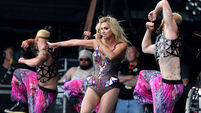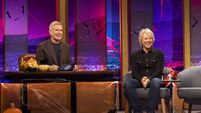Saipan: The battle of Roy and Mick, revisited on the silver screen

Marking the 70th anniversary of Ireland’s oldest film festival, this year’s CIFF’s opening gala will see the Irish launch of Saipan, directed by Lisa Barros D’Sa and Glenn Leyburn, starring Steve Coogan and Cork man, Éanna Hardwicke. Picture: Aidan Monaghan.
For a week or so in 2002, the nation lost its reason.
Following a very public spat between Republic of Ireland manager Mick McCarthy and star player Roy Keane on the eve of the World Cup, Roy departed a shambolic Saipan training camp in high dudgeon, and a baying mob (us, that is) rushed to take sides.
I was firmly in the anti-Treaty camp, which is to say Roy was right, a man of principles shafted by his manager and the FAI.
Others defended McCarthy, and accused Keane of high treason. Meanwhile, the team staggered through their group in Japan and exited the World Cup in the second round after losing on penalties to a very ordinary Spanish side.
An opportunity lost, was the general consensus, and now, 23 years on, as our national soccer team prepares to fail to qualify for yet another World Cup, a new film by Glenn Leyburn and Lisa Barros D’Sa opens old wounds.
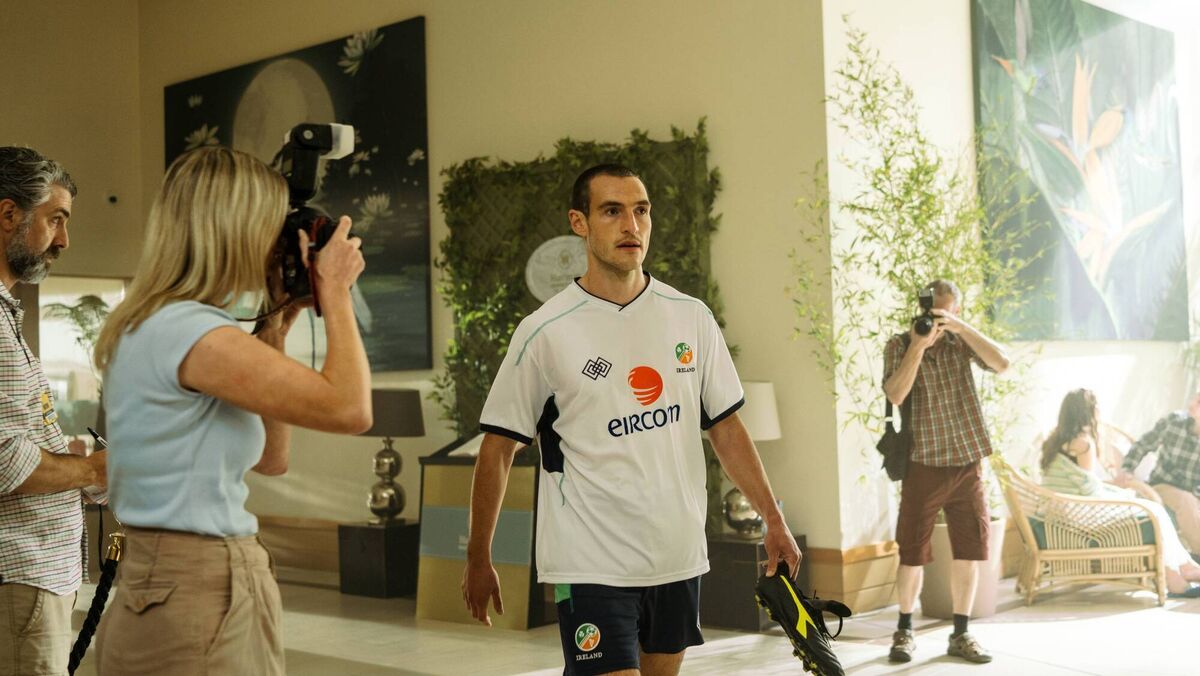
stars the ever-versatile Steve Coogan as Mick McCarthy, the Barnsley-born son of Irish parents who became a regular in Jack Charlton’s giant-killing side of the late ’80s and early ’90s.
A phlegmatic centre half, Mick was one of Jack’s favourites, and no one was shocked when he was selected as Charlton’s successor as manager in 1996.
After a rocky start, he assembled a team capable of big things, but built around Manchester United midfielder Roy Keane, with whom he had an iffy relationship.
During the qualifying campaign for the 2002 World Cup, it was noted that Keane (played here by Éanna Hardwicke) could hardly bring himself to shake hands with McCarthy after a thrilling 1-0 home win over Holland. Trouble was brewing, and in Saipan the storm would break.
Glenn Leyburn and Lisa Barros D’Sa are a Belfast-based film-making duo who have come to specialise in earthy and deceptively profound urban dramas such as and . A football saga might seem a bit of a departure, and Lisa, initially, was not keen.
“I remember the whole Saipan thing very clearly,” Glenn tells me, “but Lisa, not so much! We’d been talking to Macdara Kelleher and John Keville, the producers, about doing projects together, and then one day this script arrived, and Lisa saw the email first, she’s in an office next door to me, she shouted in and said, ‘this football script has come in from Mac and John, but we’re not doing that, I’m not reading it’ So I said ‘OK, fair enough, but I’ll read it anyway, just out of politeness’. And then I read it and I said no, no, I thought you’ve got to read this. I think there’s more to this than football.” And when Lisa did read Paul Fraser’s screenplay, she was struck by the story’s strong resemblance to a Greek tragedy.
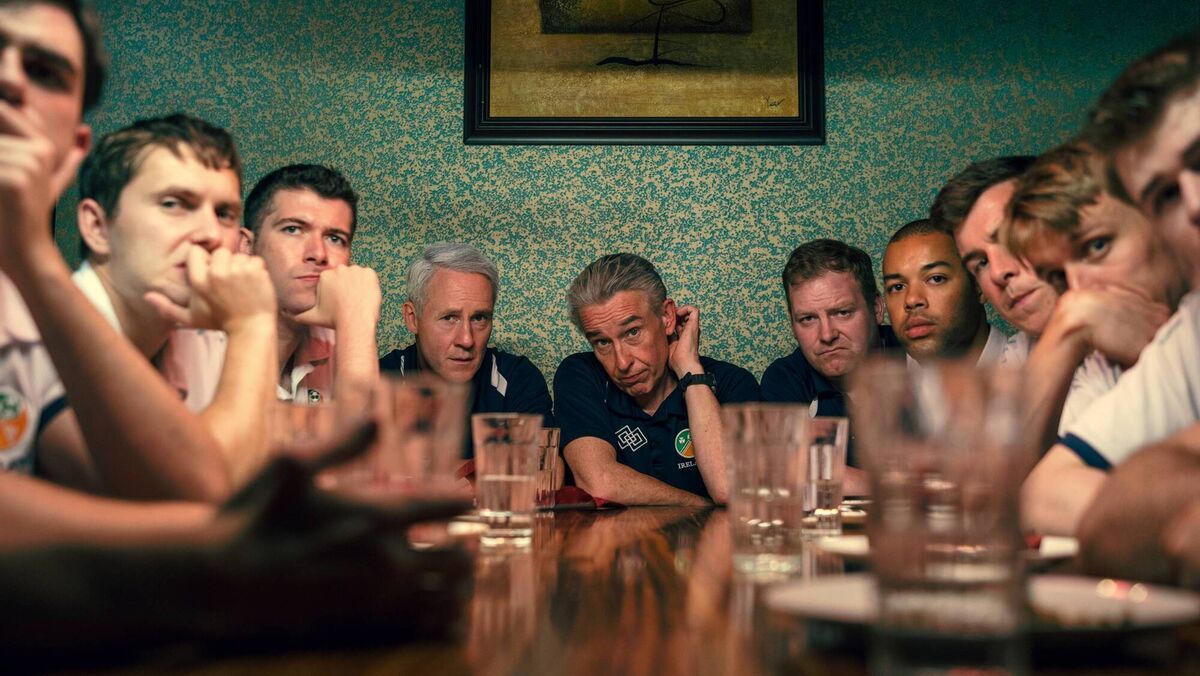
“The structure of the script was very much in that classical mode, in that you have these two characters inexorably headed toward a collision. And then as well you have the ferment of the Greek chorus that’s feeding the story, you know the press, the public back in Ireland. So all of those aspects were fascinating to us. It was a moment in time, and the impact it had on Ireland was as interesting as the event itself, so we wanted to get at those themes of national identity, masculinity, what is it to be a team player…”
“And who,” Glenn adds, “is allowed to be Irish.”
The Saipan trip had been organised by the FAI as a chance for players to bond and acclimatise in the weeks before the World Cup on a Pacific island thousands of miles from anywhere.
Roy thought it would be a chance to train, and properly prepare, but instead found himself confronting bad food, faulty air-conditioning, golf trips, piss ups and banana boats, a rocky training pitch, oh, and no footballs.
It represented a vivid manifestation of Keane’s contempt for the FAI as an entity, and seemed to speak to a wider conception of the Irish as great fun, good for a party, but not to be taken seriously.
“You get a strong sense of that from reading Keane’s autobiography,” Lisa says.
“2002 is pretty recent but also quite a long time ago in a lot of ways, and looking back at those kinds of stereotypes, they’re troubling because of where they come from, that kind of parodic version of Irishness expressed in partying, heavy drinking, the lack of seriousness with which that stereotype is regarded is something that can be internalised by a society that has had a certain kind of history.
“And in 2002 you can feel a resistance to that, not just from someone like Roy but also from a lot of the population. Ireland was at a point in its history where things were changing rapidly, its identity in Europe, a growing sense of national pride, so there’s a lot of that in the mix I think, not just for those two lead characters but also for everybody back home. It almost felt like those two guys on the island were avatars in an argument that Ireland was having with itself. And that all felt really fascinating.”
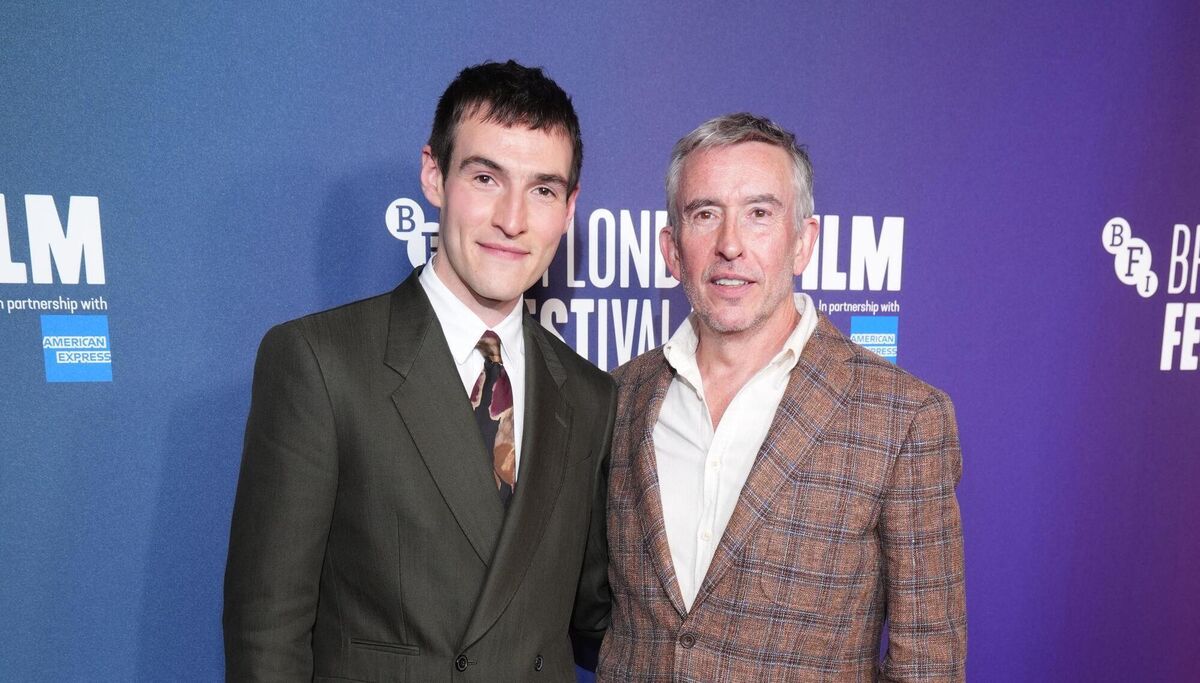
If good casting is half the battle with a successful film, Glenn, Lisa, and their producers on got it exactly right.
“Steve Coogan is a brilliant actor and was our first choice for Mick,” Lisa says. “He brought so much to it, not only in his shared sense of that sort of diaspora identity, but he brought a huge amount of understanding to the role of Mick. And with Roy, people like that aren’t the people you meet every day walking down the street, there’s an energy that changes when Roy walks into a room, there’s a power, and I think we needed to cast an actor who had the ability to do that.
“It wasn’t about an impression of Roy, it’s feeling that energy, and electricity. And Éanna is an exceptional actor. We auditioned lots of other lovely actors, but when he came in you could just feel it you know. And he’s the most lovely and gentle, brilliant human being, but he could do that — he went to the places he needed to go for Roy, and I think it’s an exceptional performance. Also, he’s from Cork.”
This, I agree, is most helpful on the diplomatic front. The film was mainly shot in Ireland, but at one point, Glenn tells me, art came very close to imitating life.
“We were doing research on the hotel in Saipan they stayed in, and we discovered it had just closed down and was sitting empty. And so for one fevered week we thought, we’ll all decamp to Saipan and live in this hotel and film there, and the producers actually thought this might be a good idea, and then we suddenly realised that it was going to take us two days to get there and two days to get home, and it would have cost an absolute fortune.”
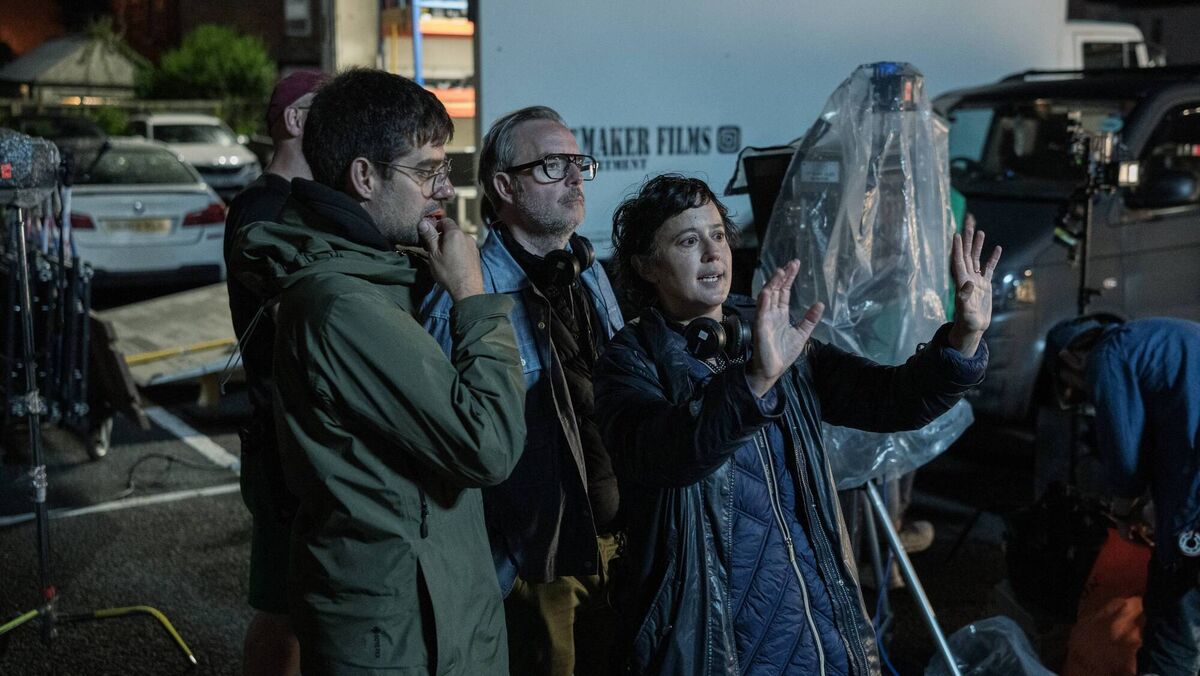
Tenerife was used for a few outdoor scenes, with Carlingford Lough a chilly stand-in for the Western Pacific.
While a great deal of research went into the writing and filming of Saipan, Lisa and Glenn are keen to stress that this is a drama, not a documentary, and a film that hopes to give a balanced account of a fraught event that is fair to all parties.
The film culminates in that infamous team meeting where Roy was confronted about a newspaper interview he’d given that was highly critical of the whole set-up.
“There were lots of journalists on that island,” Lisa says, “and lots of corroborating evidence for a lot of the things that went on. But this was the one bit that is hardest to get at: You know this happened in a closed room, apparently nobody recorded it, and there were different versions that were told quite quickly afterwards.
“So there was plenty of evidence about it, but also lots of different versions, and so really if it’s a myth of modern Ireland, this is our version. It’s about exploring those themes through character and story, and they’re shouldering so much pressure, Roy and Mick, in terms of everyone’s expectations. It wasn’t an easy position for either of them.”
“When we were making it,” Glenn concludes, “we always thought that once they get to Saipan it becomes a sort of fever dream in a way, which felt appropriate. There is a storytelling convention of people going to tropical islands and slightly going mad!” They certainly did that.
- will open this year’s Cork International Film Festival on November 6. In cinemas nationwide from January 1.
